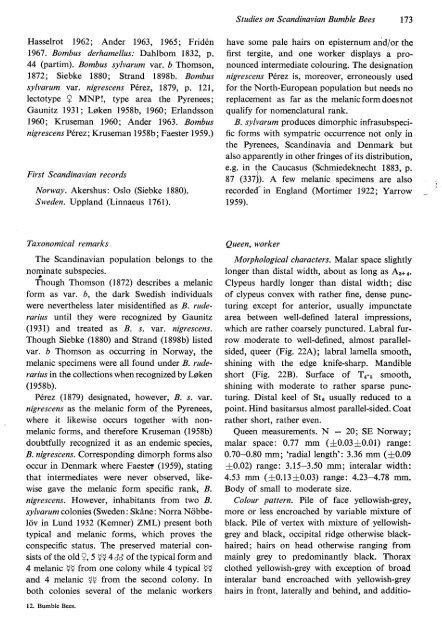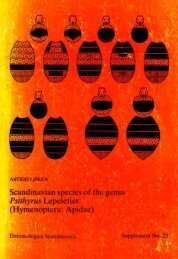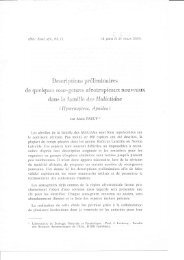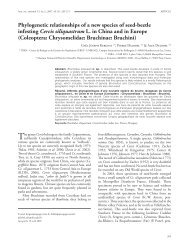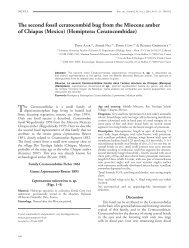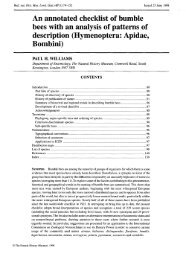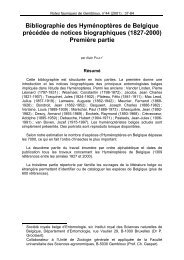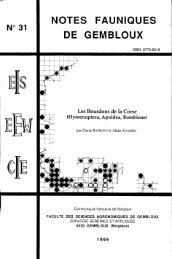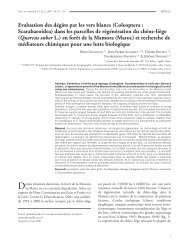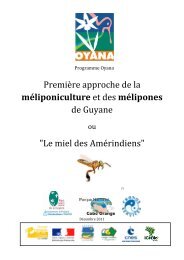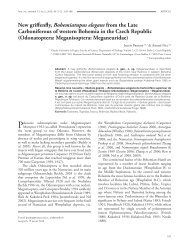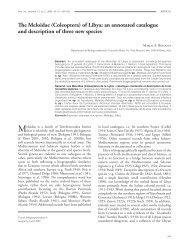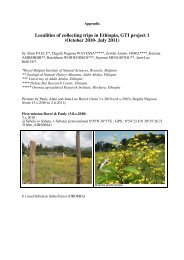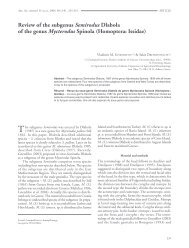lZget sro;eEulfl ry uosslDISE 'ugplrC : Z96t '096I'elesEug-I :puDl-uout.ta&utr'orqsv ue4s-I: gg0 I'09il Eulnglg : 6S6I u€ruesnr;1 lOgOt:ay"mN :('lttt ur Jepuy) EumolloJ'IS6I uosspu€lrg 'VE6I eql erg{Sldecxe ereg pepnlcq lou eJe sprooeJ pesrleJulfry ueslexe/$, ieVE6I 'TJI6 'col a : puelrroN 'SIIN (ueurog) eZet11eplentr :gtOI repreuqcs e;redg :gO0t snrllrl 'EnV Ig fi BeInT'TJI (E;eq1qe,,VD SISI 'EnV 9Z I uep-lrnv :qg0gt puerls ircgl qlog iOggt e{qels -eH:Ztgt '0t8I uostuoql :gggl lpelsrenez :VV 'd:uauoq"uoN 'Brqgs 'gfspuog :puoluow.ta&uy 'ep-unEe11'ue>1rng'eu4co1 :puulrapg'e?uy :podlapary'ZEyI'sroJ€lr) 'VCAuroqlq€Cl !(sneeuulD wnn^y(s snqwog)oqsleq :puo13u1slpH '1gWZ ue{sorl'SUN'uoxel oqle>lco'SUN,tqsrog-elllH' uep.re lg;eEug;ure11eqt Jo uorlelo"rdrelur lensn 'e>lrgfg :puol4uttspg 'SUN e>lreqrepgs 'SUN {l^eql qtl^\ seerEe wnffi^lrfs pelleqel 1TST (re>pozn -ltg)I 'SUN €rotreErel ro) ueenb V 'puelddn l 'S'UN €>ll^pnT 'SUN sgur€H 'SIIN: uepe^\S eore ed,{t €pold 'S)IN >lr^suunrg 'gtr\tr2 e$e|y :au"rolrQ 'S)IN'EILI 'oN 'd'IqLI osnoeuurl SZVwnffi^lts sldV dqs;oa 'SdN ueqEugT 'S)IN uo[s.r.ro11 'SIIN euunsur .(qe11,(gggggggggggggggggggggggggggggg1;'e4ruy :puDlw"toA '11WZ grls 'g1al1lz(snEvNNI-D euntlruIsruIYYATIS'S)IN uelfqxes 'SIIN drol>1unntr 'S)IN E;eq-sopur-I'11WZ (snswoso)YvoHJ) Eurdo;1 'AWZ oqrre) 'SUNsnswos{cgglo)'flWZ o;qs8urlleC 'SIIN uelilqtuuC 'SIIN eunlEurq'gWZ eEoqry :puopoutlspA 'SUN pfU €rlso 'nWZre>lgrelso ';e4s;e1sg 'g,WZ uelx1 'nAI erlgspJg1.NAI €J19SIEA ,NI/i.Z -IWZ YWZ VCA S}IN NAITWg elesddn 'nAI eunqt.1 'SUN drera 'gWZ €lsuel'e-,{lnf g :el€ru l'Eny VZ-KaW II :re>lroa\ 'SuN eE-reqEugls 'nWZaWZ${N urIoWIco}S 'VntrZi'1deg IZ-Vtd17 6Z : ueen[ 'lsn8ny Jo pue eEugdg 'gWZ relsoplo{S 'SIIN osu€rupgll 'SUN A,U'SUNoql ol pdy ;o pue eql tuord 'nosoasurloqoqpdU 'SIIN oqulRl 'SUN osuntrfl.!8tl,9l 'SUN'pecnp fqpt'SIINI o;e1snf1 'SIIN gEulplT 'SIIN elsEery'g.wz fqlnux 'SIIN€s?Iref 'SIIN 'Sl{NIl{urnf-ord Eureq Euudpgo Jo Jequnu releerE e solec eunlgH 'SIIN ,{q;eurure11 'SIIN E;eqsne}snC 'SUN-lpq (ZgeI) torleswH seereq/K'slenpra.pq yE-SZ orulg 'SUN oqunC 'SUN Eurdg4uE 'gWZ etsrulgEurureluoc eEerene ue uo 'leuls 'SUNete slseu eql punslo>l1'-IWZ SUN BJorueuueql 'g.WZ p,{;epleql selels '^,{1unoc-u€CI'SUN eruruorg 'SUN eEuq4rofg 'SUN eEunurpueleEog ur ueJsf ur ruJeJ -N1y'Sl{N gslepv :puo1ddq '-IWZ flWZ uE;eq1yelEuls e uo seruoloc gV se fueur se Eurlecol 'SUN etly '11WZ eEurueqrelw1 'e1e;n 'SUN gln668I ur'uesrelled-elT'(g16I repreuqcs erredg 'SUN ose;.,{1 'esola 'SUN uoJe}so: tO0I uesrelled-el'I) 'cle 'sp1eg,{eq 'sernlsed L'11WZ seuEug.rlg'gWZur €sgls 'S1IN Eurdo>1,(51 'Eurdo>1rroN'S)INsserE pue ssoru ur 'punorE eql uo slseN '$al{ oqulgtr tr 'SIIN g{snntr 'S)IN e}llnf 'g;eE1e11'SIINpunslepuerfl :pu0luowrapos '[wz esgllontr €rolstSolotg : a7roN'lgury'WND >ll^rg1'INNC seu.(qeuets'S'IINsroSedglg 'SIIN pnrellg{S 'prue11e141 'o;qeuueur-dqX '1EWZ pE 71\SS rol?seg 'SUN IAINC s.rogs1Eueg:puDISIDe 'SIIN ,{qre11a 'SUN uueqsEreqeln 'e11en'(096I -eppn 'SUN relso)-p,(S 'pe1sruo.r1g'S)IN ncle>ll :eSeI ^\orre1II{^n['s)IN uruegossoll 'slIN pelsre^€N 'lepe>lunlN'slIN: rceI ^oruued : gg6t 1uollll4) eete 1e4,(eguelsq{eze>{ urorluoN - €rroqrs ure}seA\ 3o ged 11eqs]lnqspg'SUN elEurq'SUN p€]serfl 'SIIN pu€rts-llelofl :uorynuog 'eue1d;e1s6'SUNtunuels '-IWZuJer{}nos - snsecneJ - .(e>1rn;-_(rHqsefl 'loq nwz suN ep^g{s 'suN I INc ere>Is 'slIN {cgq-urel '^a.o>peq;'r(qslopod -ru 'SUN g{cgT 'SUNsleueulg)pe1se"r,(T 'elln{euur) 'euur;XJo slJrJlslpol qlnos pue AoJr) 'eruollso; 'perEurueT 'SIIN droluelo11 'seusge;g 'SUN Eurdo>11e9 'e>1s.rEJo :puo7tg3"tats?A 'SIIN €punsrelg1 '11WZ €uurll'SIINslcrrlsrp o1 rllJou ussn ueedorng ul ielpuecsou urn.reEuql 'vWZ SIIN Eurdo4-rroN 'SUN el€lol4tr-uec ol quou usousJrelrpotr I ruo4'SIINluourluoc eql fqtglry 'SUN '-IWZ tlglsurlel J g.WZ Eurdo>1uo f se1s1 qqlpg) edornE 'uo!ruq7,ttsl -ulT 'SUNIpl"to,/Lloqesre^) 'WNC 'S)IN ilrD urloqxog.stIN'(sq61 Ereqsuerog :puo1tg3"ta$Q .nwzEgt,tJIE) etuqlofl slIN IAINOJo JInc uelsun)I 'SUN eEug1,(qrg6 '11WZ p€ts>lle) 'SIINJo lseoc Jeuur or{l o} qgou Jor{UnJ Surqceer urrus8o11 :puole' nWZ eE;eqs;o>lrelso'fq;eururrnseeJe uJelso^\ oql ur pue N .vg lnoge ol quou 'SUN seu€rl 'SUN €peroH 'SUN drolsug rg:puolpws,{rlunoc eql lnoqEnorq} Euurnccg 'puoluq 'SIIN E;oqsenlog 'SIIN fqepqU 'S'IIN .(qeuuoa'('lrtt'WNDur repuy) ledouetlslr) : a3u1t1a1€r 'relsoplspeno 'e1go1"tgwn.tortlr(s '$ 'SUN p€1s1 'eEuruurn'eEuEA spu€lll1 '-IWZcru€leur 01 pesr^eJ SUNIIe ete (s t o tuerEgel6) pueto tuor; sproceg 'uor}cerroC poreqo1' gINzEroqele;;'pelsollgH-euJol'SUN ^o{-eroJ 'SIIN op^gs ',(qpueg erpgs 'SUN urueqsrrullsuaToT'v 7LT
Studies on Scandinaviqn <strong>Bumble</strong> <strong>Bees</strong> 173Hasselrot 1962; Ander 1963, 1965; Frid6n1967. Bombus derhamellus: Dahlbom 1832, p.44 (partim). Bombus sylvarum var. D Thomson,1872; Siebke 1880; Strand 1898b. Bombussylvarum var. nigrescens P€rez, 1879, p. l2l,lectotype ? MNP !, type area the Pyrenees;Gaunitz l93l; Loken 1958b, 1960; Erlandsson1960 ; Kruseman 1960 ; Ander 1963 . Bombusnigrescens P6rez; Kruseman 1958b ; Faester 1959.)First Scandinavian recordsNorway. Akershus: Oslo (Siebke 1880).Sweden Uppland (Linnaeus 176l).have some pale hairs on episternum and/or thefirst tergite, and one worker displays a pronouncedintermediate colouring. The designationnigrescens P6rez is, moreover, erroneously usedfor the North-European population but needs noreplacement as far as the melanic form does notqualify for nomenclatural rank.B. sylvArum produces dimorphic infrasubspecificforms with sympatric occurrence not only inthe Pyrenees, Scandinavia and Denmark butalso apparcntly in other fringes of its distribution,e.g. in the Caucasus (Schmiedeknecht 1883, p.87 (337)). A few melanic specimens are alsorecorded in England (Mortimer lg22; Yarrow1 959).Taxonomical remarksThe Scandinavian population belongs to thenominate subspecies.oThough Thomson (1872) describes a melanicform as var. b, the dark Swedish individualswere nevertheless later misidentified as .8. ruderariusuntil they were recognized by Gaunitz(1931) and treated as B. ^r. var. nigrescens.Though Siebke (1880) and Strand (1898b) listedvar. b Thomson as occurring in Norway, themelanic specimens were all found under B. ruderariusin the collections when recognizedby Loken(1 958b).P6rez (1879) designated, however, B. ^r. var.nigrescens as the melanic form of the Pyrenees,where it likewise occurs together with nonmelanicforms, and therefore Kruseman (1958b)doubtfullyrecognized it as an endemic species,B. nigrescens. CorrespoRding dimorph forms alsooccur in Denmark where Faester (1959), statingthat intermediates were never observed, likewisegave the melanic form specific rank, B.nigrescens. Ffowever, inhabitants from two B.sylvarum colonies (Sweden: Sk6ne: Norra Nobbelovin Lund 1932 (Kemner) ZML) present bothtypical and melanic forms, which proves theconspecific status. The preserved material consistsof the old Q, 5 VH 4 36 of the typical form and4 melanic HH from one colony while 4 typical Vqand 4 melanic HH from the second colony. Inboth colonies several of the melanic workersQueen, workerMorphological characters. Malar space slightlylonger than distal width, about as long as Asa a.Clypeus hardly longer than distal width; discof clypeus convex with rather flne, dense puncturingexcept for anterior, usually impunctatearea between well-defined lateral impressions,which are rather coarsely punctured. Labral furrowmoderate to well-defined, almost parallelsided,queer (Fig. 224); labral lamella smooth,shining with the edge knife-sharp. Mandibleshort (Fig. 228). Surface of Tn-u smooth,shining with moderate to rather sparse puncturing.Distal keel of St u usually reduced to apoint. Hind basitarsus almost parallel-sided. Coatrather short, rather even.Queen measurements. N - 201' SE Norway;malar space: 0.77 mm (t0.03 +0.01) range:0.70-0.80 mm;'radial length': 3.36 mm (+0.09+0.02) range: 3.15-3.50 mm; interalar width:4.53 mm (+0.13*0.03) range: 4.23-4.78 mm.Body of small to moderate size.Colour pattern Pile of face yellowish-grey,more or less encroached by variable mixture ofblack. Pile of vertex with mixture of yellowishgreyand black, occipital ridge otherwise blackhaired;hairs on head otherwise ranging frommainly grey to predominantly black. Thoraxclothed yellowish-grey with exception of broadinteralar band encroached with yellowish-greyhairs in front, laterally and behind, and additio-12. <strong>Bumble</strong> <strong>Bees</strong>.


